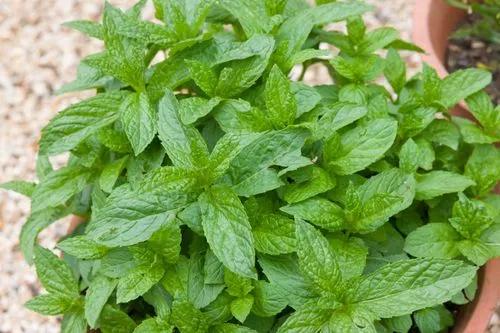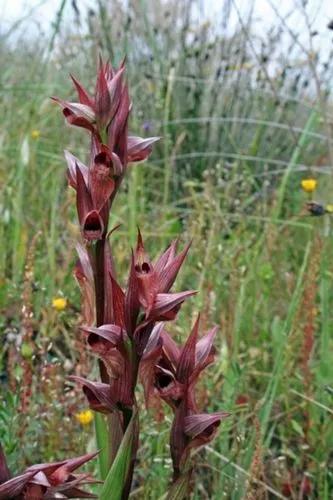The young leaves can be added to salads or soups — they are peppery. The seed pods can be used like pepper. The root, ground and mixed with vinegar is a good substitute for horseradish. I like them as a trail side nibble. The leaves contain protein, vitamin A and are rich in Vitamin C. There are no poisonous look-alikes. Greater swine-cress is native to Europe and introduced to parts of North America. In New England it has been collected only in Massachusetts and Rhode Island. This plant is an asymptomatic host of tomato spotted virus in the Mediterranean, and is an important weed of vegetable crops in California.
Greater Swine-Cress Care
Lepidium squamatum



Peppergrass weeds, also known as perennial pepperweed plants, are imports from southeastern Europe and Asia. The weeds are invasive and quickly form dense stands that push out desirable native plants. Getting rid of peppergrass is very difficult since each plant produces thousands of seeds and also propagates from root segments. Read on for more perennial pepperweed information including tips for control of pepperweed plants.
How to get rid of: chemicals that effectively controls wild sweet peas, generally with a kill rate of 95 percent or higher. To apply a concentrated herbicide containing 18 percent glyphosate, dilute at a rate of 3 ounces in each 1 gallon of water. Spray the herbicide on a windless, sunny day when the temperature is above 60 degrees Fahrenheit. Glyphosate can kill desirable plants as well as weeds, so take care to spray only on the wild sweet peas. If the herbicide gets on a plant you want to keep, rinse the plant immediately with clean water. Always read and follow label directions, and wear protective clothing and eye protection when using chemical herbicides. Wash your hands with soap and water immediately after use.
How to Care for the Plant

Popularity

63 people already have this plant 8 people have added this plant to their wishlists
Discover more plants with the list below
Popular articles






